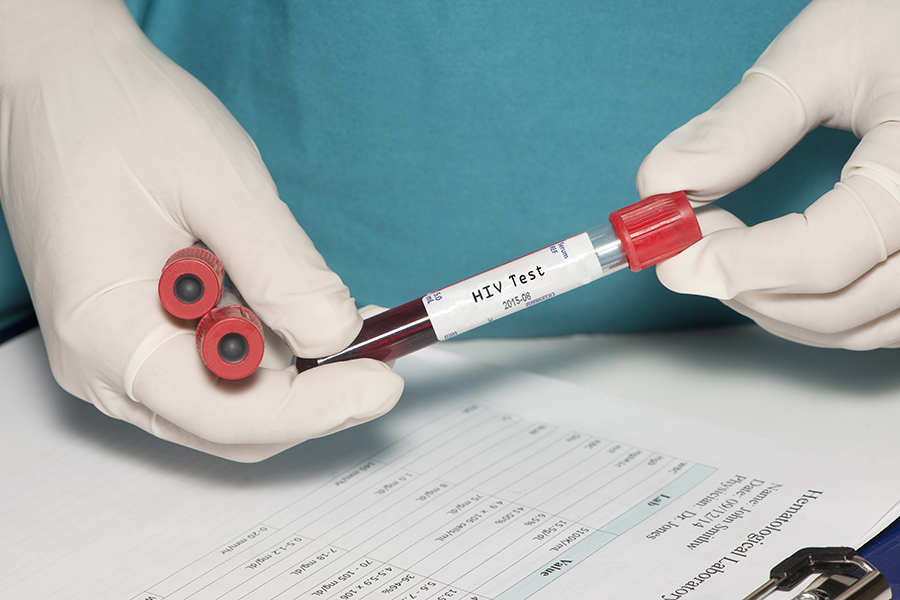The Flathead City-County Health Department has reported two new cases of HIV in Flathead County, underscoring the importance of being tested for the virus.
According to Hillary Hanson, deputy health officer with the department, the two new cases are connected, but department is still searching for people who may have had contact and haven’t yet been tested.
“We’re still looking to see if there’s additional contact, so that’s why we really want to get the word out about testing,” Hanson said.
HIV is a relative rarity in Montana when it comes to sexually transmitted diseases, with 488 people living with HIV or AIDS. Since 2000, the statewide case rate has stayed roughly level, with men contracting the virus at roughly four people per 100,000, and women staying generally in the one-to-two-people range each year.
Flathead County had one newly diagnosed case of HIV in 2015, and has seen seven total from 2011 to 2015, according to the state Department of Public Health and Human Services.
In that same time frame, Missoula County saw 23 new cases, and Yellowstone County tallied 26. Lake County reported five, and Lincoln County had three. Gallatin County reported five cases, as did Cascade County.
DPHHS also reported there were 31 to 40 people in Flathead County living with HIV in 2015.
Since 1985, more than 1,300 cases of HIV have been diagnosed in Montana, and more than 450 people are known to have died. From 1985 to 2010, men made up 88 percent of the cases statewide, and 86 percent of those infected were white.
Hanson said the city-county health department is focusing on people with high risk factors getting tested. Those factors include having unprotected sex, using intravenous drugs, having sex with a partner who is HIV positive, having had a sexually transmitted disease, or having sex with men who have sex with men.
Since the two new cases are connected, it doesn’t raise the same level of alarm bells that it would if they had been separate issues, but Hanson said the new diagnoses should light a fire under the community to reach out and be tested.
According to state statistics, one in eight people living with HIV or AIDS do not know they are infected. The Centers for Disease Control and Prevention estimates that more than 90 percent of new HIV infections in America could be prevented with testing and diagnosing people, then finding prompt, ongoing care and treatment.
Hanson stressed that the risk of contracting HIV increases with unprotected sex or using drugs with needles.
“Those people need to be testing more frequently, now that we know HIV is in the community,” she said.
June 27 is National HIV Testing Day, and testing will be promoted at sites across the state. In Northwest Montana, this includes the Salish Kootenai College Prevention Task Force in Pablo; the Flathead City-County Health Department in Kalispell; the Northwest Community Health Center in Libby; the Sanders County Family Planning Clinic in Thompson Falls; and several locations in Missoula.
Testing is always available and encouraged, Hanson said, but June 27 is a good reminder to do so. Primary care physicians can test for HIV as well, she said.
For more information on HIV testing locations, visit www.getcheckedmt.org. The Flathead City-County Health Department is located at 1035 First Ave. W, and more information is available at www.flatheadhealth.org or 406-751-8101.
